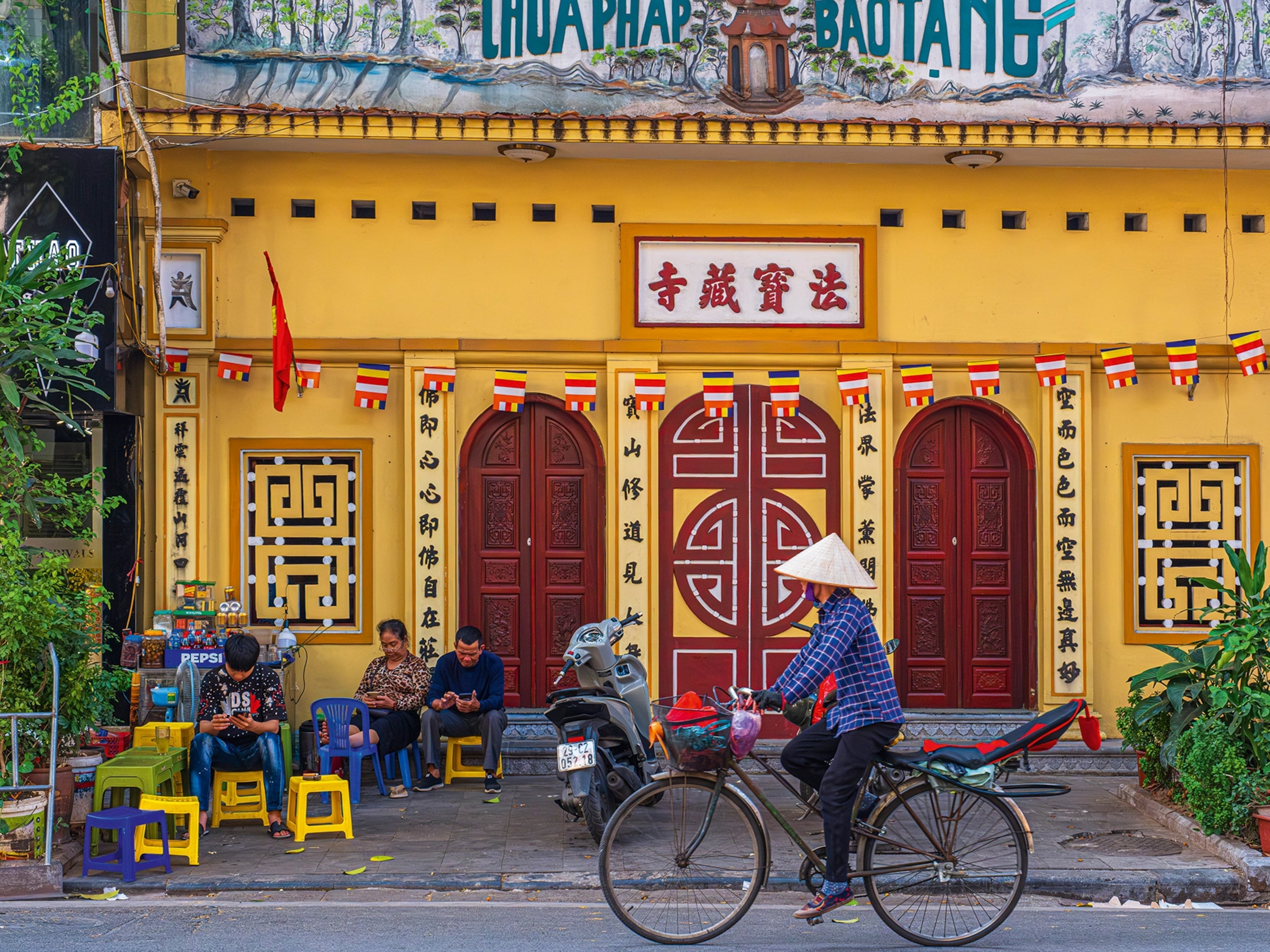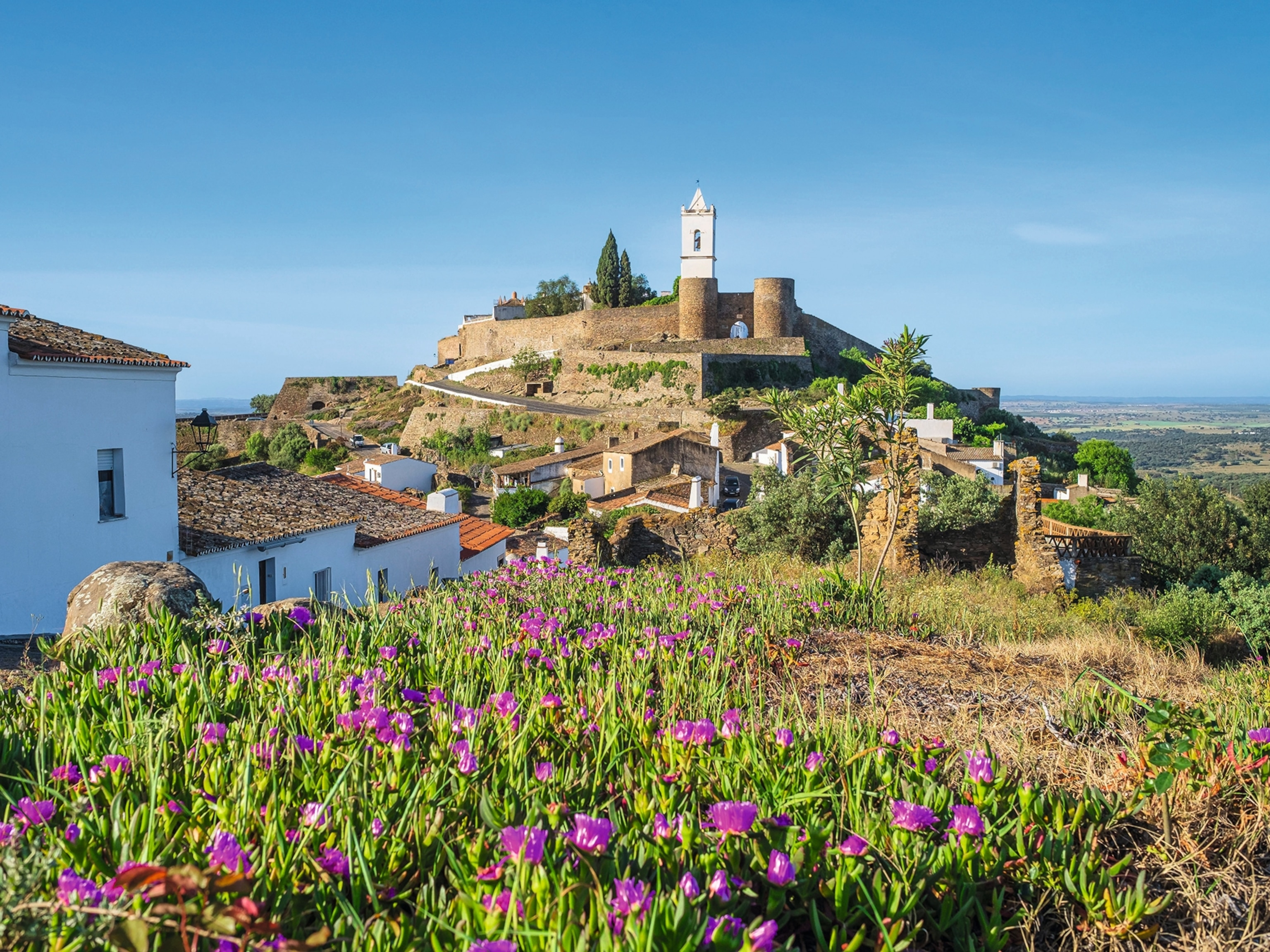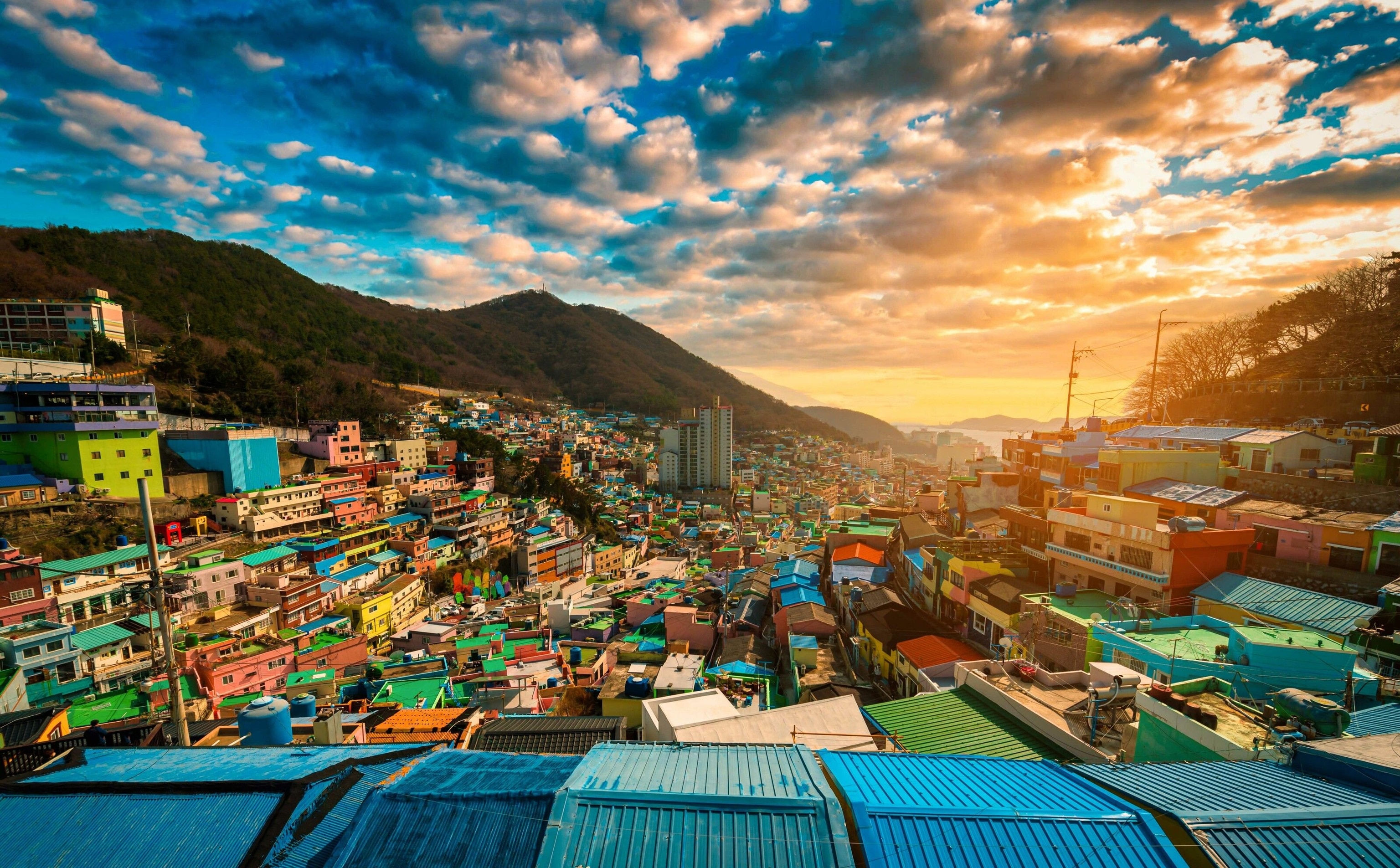
Seven ways to enjoy contemporary art in Busan, South Korea
Transformed into an ultra-modern, 21st-century metropolis, with a palpable verve that pulsates throughout its bustling streets, South Korea’s second city is enjoying its moment in the art world.
With its sandy beaches, gleaming skyscrapers, thrumming street markets, and ornate temples, South Korea’s second city of Busan has emerged from Seoul’s shadow to enjoy its own moment in the sun. This once rough-and-tumble port town is now home to some of the most exciting places to enjoy contemporary art. For nearly three decades, Busan has been home to the Busan International Film Festival (BIFF) — the largest and most influential film festival in Asia — establishing the city as a creative hub. This invigorating energy has spilled over into other aspects of the town’s cultural life, including contemporary art. From cutting-edge galleries to whole neighbourhoods covered in vibrant murals, Busan can now lay claim to being South Korea’s burgeoning arts capital. Here are seven ways to soak up the city’s modern artistic splendour.
1. Lose yourself in the lights of Museum 1
Located just across the street from the Busan Cinema Center, Museum 1 (formerly the DAH Museum) offers an immersive experience in the expanding medium of digital art. What it lacks in space, however, it makes up for in wow factor, with a number of small rooms and installations surrounding the main hall, where a gargantuan screen projects multichromatic digital spectacles. These pieces spill out from the screen onto the floor, which is made up of a grid of LED tiles that stretch all the way to the other side of the space and up the wall, putting the viewer in the middle of the action. The result is dazzling, transportive and at times psychedelic. You’ll feel like you’ve stepped straight into a surreal animation that’s bathed in colours, images and ambient music so enthralling that you may never want to leave.
2. Visit the Busan Museum of Art
Opened in 1998, this city museum acts as a kind of anchor to the local and national art scene. The complex is made up of five floors including a basement and the Space Lee Ufan annex. The exhibitions cover a wide range of genres and media, though paintings by mid-20th-century Korean artists tend to be most prominent. The good thing about the Busan Museum of Art is that you don’t need to designate most of your day for a visit — it’s easy to see everything in just an hour or two.
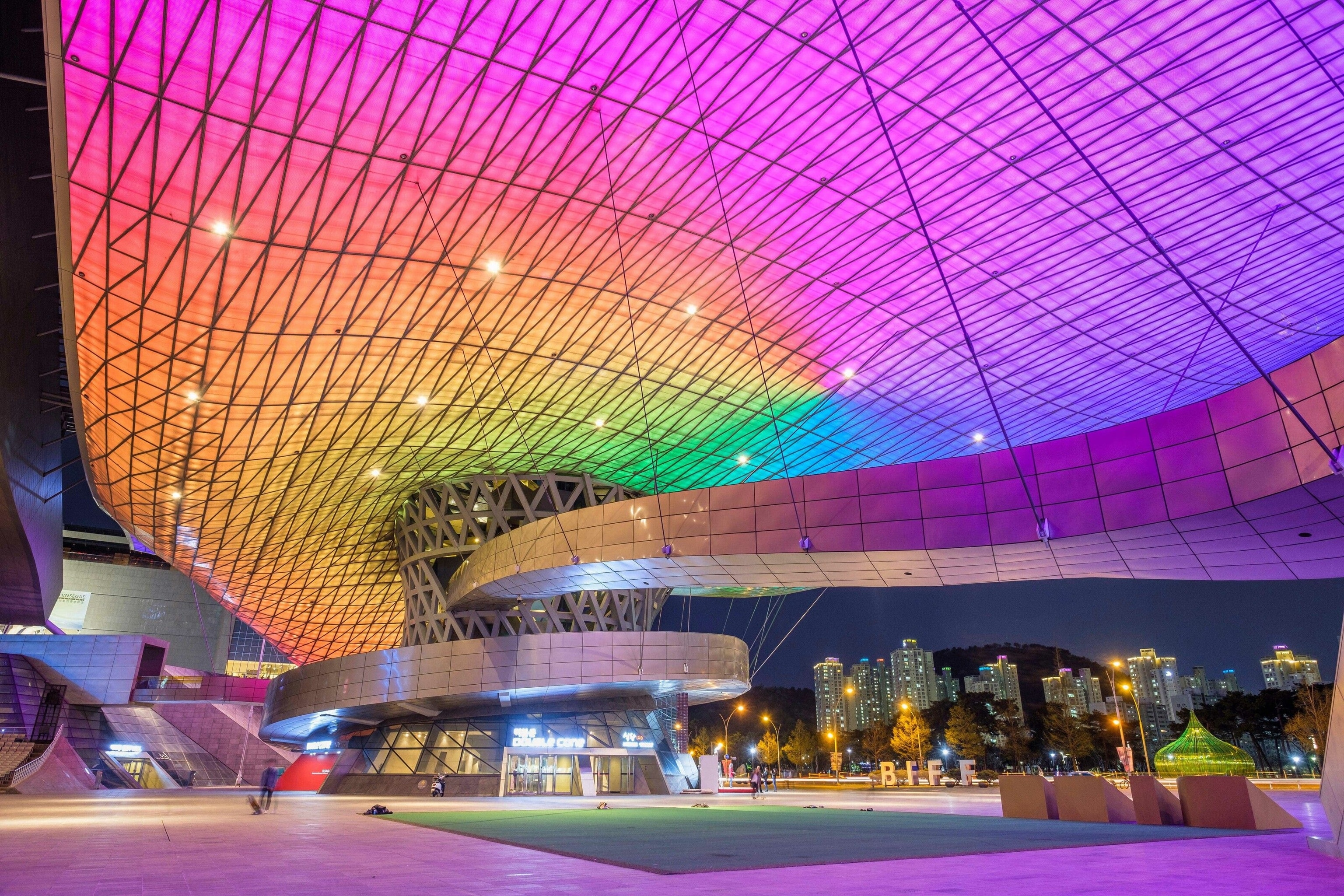
3. Check out F1963
Once a wire factory, F1963 was transformed into an urban design complex in 2008. While the building’s Gukje Gallery is definitely worth the time of any modern art aficionado, the compound itself is a sight to behold — an aesthetically arresting structure of brick, glass, concrete and steel — with a used bookstore, cool cafe, outdoor performance space and bamboo forest trail.
4. Stroll through the UN Sculpture Park
Situated next to the UN Memorial Cemetery, the UN Sculpture Park opened in 2000 to commemorate 50 years since the beginning of the Korean War. It features 34 sculptures from artists hailing from 21 of the countries who sent troops as part of the UN effort and is a perfect companion to the moving experience of visiting the cemetery itself, where the remains of 2,300 soldiers rest. A walk among the sculptures reminds visitors of the real human cost of the conflict, along with the sacrifice made by so many to pave the road for the modern, prosperous South Korea that exists today.
5. Marvel at the Busan Cinema Center
Arguably Busan’s greatest architectural triumph, the Busan Cinema Center was completed in 2011 and is the headquarters of the Busan International Film Festival. This shimmering complex is home to a host of cinema spaces, as well as a library and film archive, and boasts the largest cantilever roof in the world. The building itself is a great work of art, and at night the whole silver structure is lit up by a kaleidoscope of lights, transforming it into a multicolour jewel in the midst of the urban landscape.
6. Head out to MOCA
The Museum of Contemporary Art Busan (MOCA) is the city’s newest addition to its modern art assets. Located in Eulsukdo Island, which is famous for its migratory bird population, the museum is a bit out of the way, but its relative remoteness is part of its charm. This natural setting has influenced the mission of MOCA, which, along with new trends in the art world, is dedicated to showcasing works embracing themes of nature and ecology.
7. Wander the alleys of Gamcheon Cultural Village
Originally built by refugees during the Korean War, this former hillside shanty is now one of Busan’s biggest draws. Some years back, the once-tatty village received a makeover, and Gamcheon Cultural Village is now home to brilliantly painted, multi-hued abodes, along with vivid street murals. Walk among the colour-soaked side streets before grabbing a coffee and taking in the sweeping views of the cityscape below.
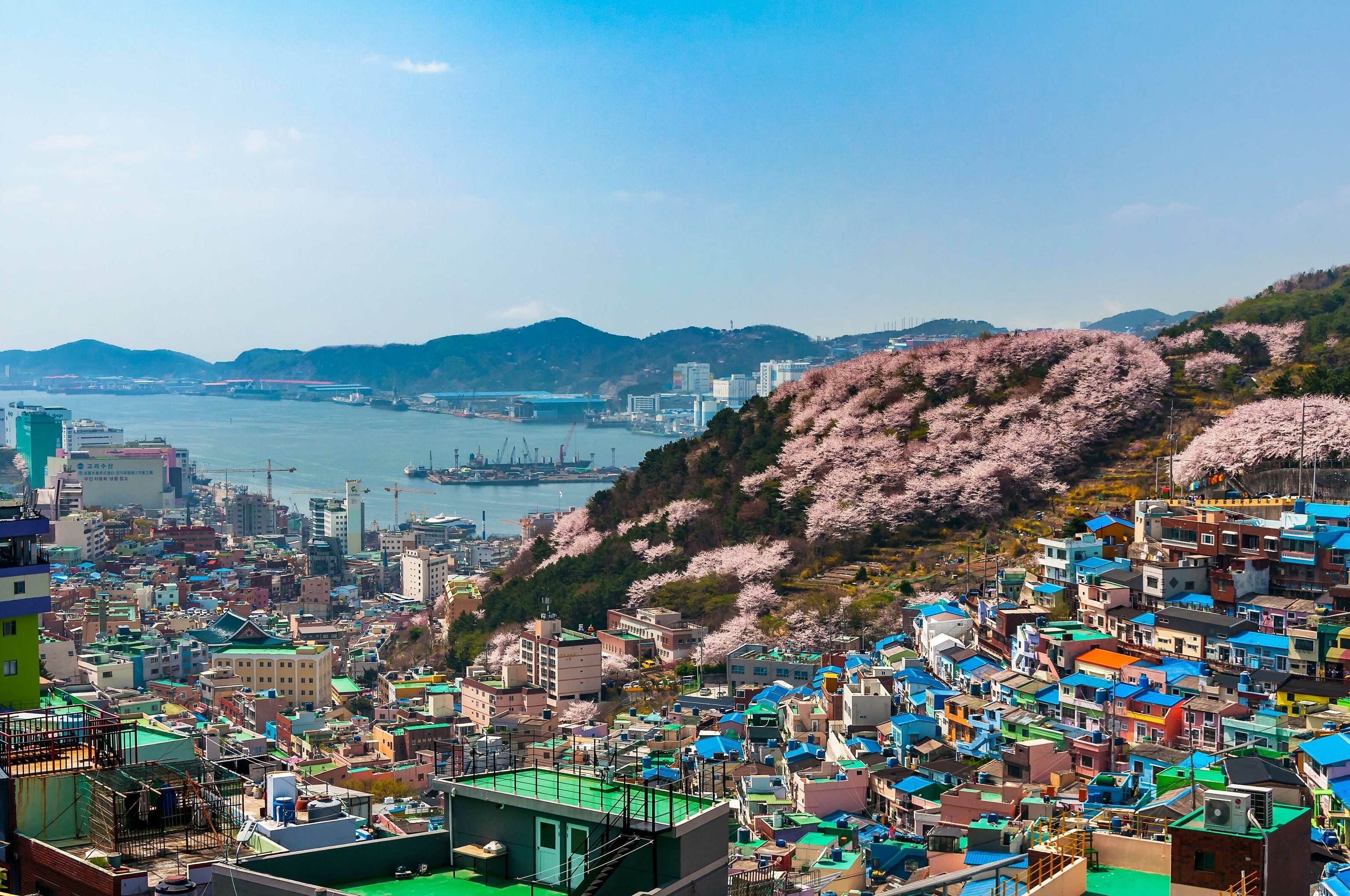
Plan your trip
Busan is pleasant all year round with average temperatures of around 26C in the summer and 8C in the winter. Korean Air and Asiana offer daily flights from Heathrow to Seoul’s Incheon Airport. From there, it’s just a quick connecting flight down to Busan. For more information, visit visitbusan.net
Follow National Geographic Traveller (UK) on social media
